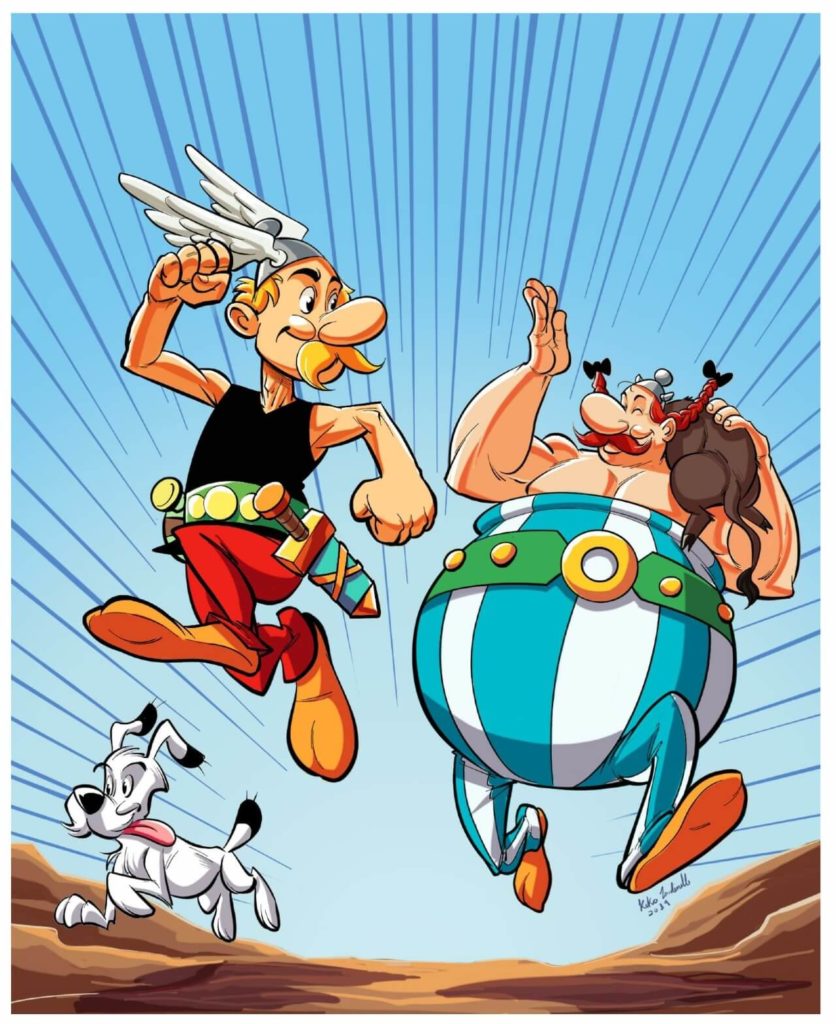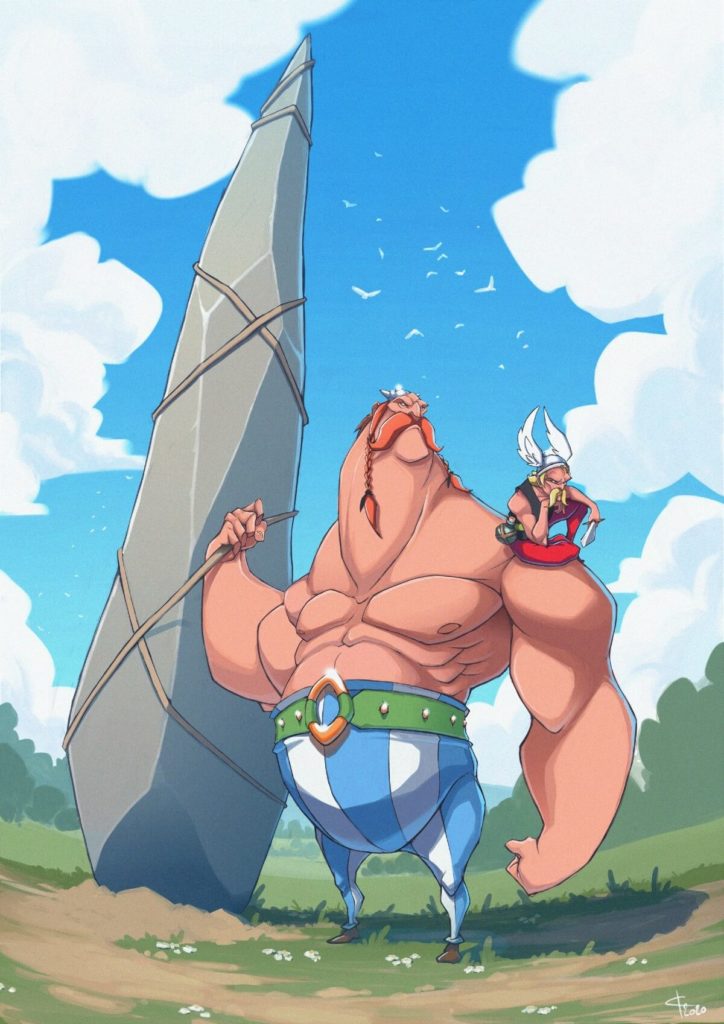

is now a superpower of its own.Īll that means it's time to rethink the Asterix metaphor. In ways both obvious and less so, the E.U. The patchwork of nations that make up the European Union sports a combined population of half a billion people hardly a small Gallic village forced to defend itself against the onslaught of an economic empire. Frenchmen head two bastions of globalization and capitalism, the World Trade Organization and the International Monetary Fund.

Last year, his government announced plans to make youngsters bilingual in French and English by the time they finish school. President Nicolas Sarkozy (nicknamed l'Américain) openly admires American entrepreneurialism. French businesses such as oil giant Total, retailer Carrefour and carmaker Renault are fixtures in the FORTUNE Global 500. The world's fifth biggest economy is as globalized as any other country.

(Read "Hooked on McDonald's at Age 3.")Īnd as much as some of its citizens may continue to romanticize France's place in the world, the Asterix syndrome no longer really applies to France, if it ever did. Asterix merchandising is big business, from video games, plush toys and shampoos to, yes, even McDonald's Happy Meals. How can a huge commercial hit continue to represent the little guy? Asterix is not just the biggest comic-book star in France these days, but in the whole of Europe. has remained largely immune to the Gaul's charms, his celebrity has been recognized by at least one venerable American publication: Asterix made the cover of a 1991 TIME magazine special edition on "the new France." (Read "Can Asterix Conquer Europe?")īut Asterix's success presents a problem. Over the past decade, three live-action Asterix movies have hammered Hollywood films in French cinemas the most recent one, Asterix at the Olympic Games, was one of the top-grossing movies of 2008. Like his rodent rival, Mickey Mouse, and those other critters from Disneyland, Asterix now boasts a theme park outside Paris. It's no surprise that France's colorful antiglobalization activist José Bové, who happens to sport a Gallic handlebar mustache, has been dubbed a modern-day Asterix for his campaigns against McDonald's and genetically modified foods.
Asterix and obelix characters tv#
The sentiment is also tied up with the French obsession with its cultural exception, the various rules and regulations designed to protect the French way of life from outside forces: French singers must sing in French, English words are banned from advertising, half of all TV shows on air must be European, and so on. Usually used pejoratively, the terms indicate an inward, backward-looking way of seeing the world. Many people in France talk of the "Asterix syndrome" and the "village gaulois" (Gallic village), the idea that tiny, embattled France needs to defend itself against the encroaching cultural influences of the U.S., or the English language, or both. (See pictures of kids' books coming to life.) "Everyone can identify with the image of retribution against things that are bigger than us." For some, the stories have also come to symbolize French anxiety over globalization the character of Asterix is used as a poster boy for independent-minded people everywhere in the struggle against the hegemonic power of the day, be it Roman imperialists or Anglo-Saxon capitalists. "It's David against Goliath," he tells TIME.
Asterix and obelix characters series#
Uderzo, writer and illustrator of the series since Goscinny's death in 1977, attributes Asterix's enduring appeal to people's love of the underdog sticking it to the system. These days, though, it's Asterix who is the all-conquering, global-marketing hero: more than 325 million Asterix books have sold in 107 different languages around the world, proving the universal and lasting appeal of the plucky French character and his lumbering best friend. The new book, Asterix and Obelix's Birthday: The Golden Book, is the 34th in a series that was originally created as a way to keep American comic strips such as Superman and Archie from taking over France. The latest episode in the pair's comic-strip adventures was released in France last month to coincide with the 50th anniversary of the first Asterix story, written by René Goscinny and illustrated by Albert Uderzo for the magazine Pilote.

Follow been 50 years since the small but cunning warrior Asterix and his podgy stonemason pal Obelix began battling the armies of Julius Caesar in their remote village on the Brittany coast the only part of ancient Gaul never conquered by the Romans.


 0 kommentar(er)
0 kommentar(er)
